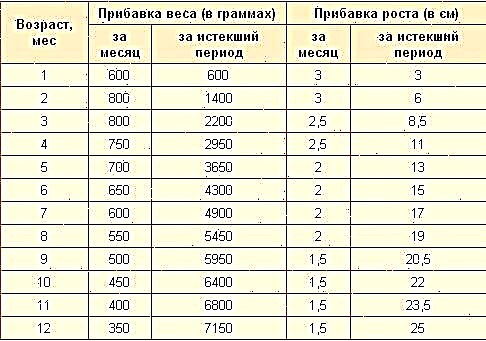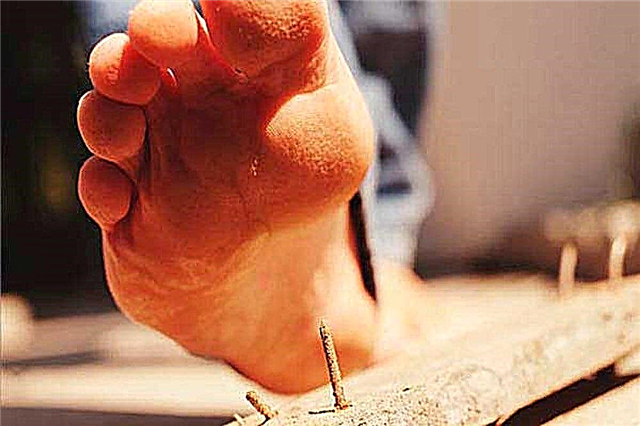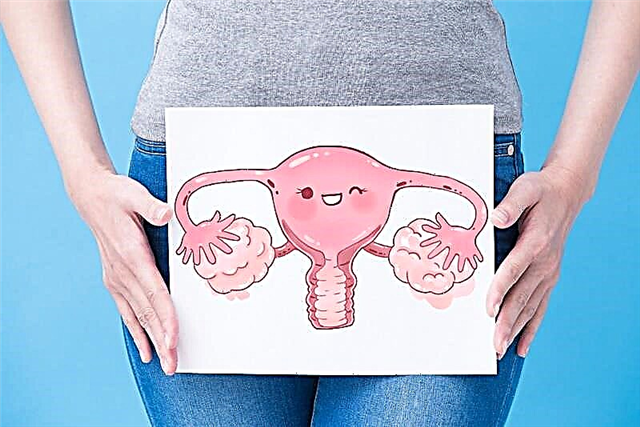Rashes on the legs of a child occur at different ages. Their formation can indicate serious problems in the body, and is also often a minor consequence of violations of the rules of care or insect bites. Only a competent clarification of the reason why the child has a rash on the legs will help to cope with the situation.

The nature of rashes on children's legs is different
Types of leg rashes and their localization
Often the site of the appearance of the rash indicates the original cause of their appearance. For example, the localization of an allergic rash indicates the place of contact with an irritant.
There are many types of rashes:
- small red or pink rash;
- large red acne;
- transparent colorless blisters;
- single or grouped pimples;
- rough dry eruptions.
With the development of the disease, sores can change and spread to other areas.
Causes of occurrence
Various causes can cause a rash on the legs of a child. All of them can be divided into several large groups:
- diseases of the blood and blood vessels;
- diseases caused by infections or parasites;
- allergy;
- non-compliance with the rules of care and proper nutrition.
On a note. Whatever disease the appearance of sores is caused, it should first be established. It is more correct to do this together with a doctor who will subsequently prescribe treatment.
Diseases of the blood and blood vessels
Sometimes rashes on the legs are associated with diseases of the blood and blood vessels. Outwardly, such a rash on the thighs of a child (from the inside or outside) differs from an allergic or infectious one. Most often, in such situations, hemorrhagic rashes occur, which, in fact, are not sores, but hemorrhages. Outwardly, they look more like red dots, bruises or hematomas.
In some cases, they merge into solid spots. In addition to rashes, there are additional symptoms:
- joint pain;
- fever and chills;
- weakness;
- nausea;
- headache.

Hemorrhagic rashes are more like bruises
Among the common diseases of the blood and blood vessels, one should highlight:
- hemorrhagic vasculitis (affected area - legs and feet);
- thrombocytopenic purpula (diagnosed when the level of platelets in the blood falls).
The appearance of rashes in the form of ulcers on the soles indicates an advanced stage of diseases of the circulatory system.
Allergic reaction
An allergic rash on the legs, arms, feet, and heels may be associated with an irritant. Spots appear on the body, which are accompanied by itching. In infants, rashes most often appear under the knees. A rash in a child may appear on one leg, but not on the other.

Allergy rashes differ in the location and nature of the sores.
The most common allergens are:
- food products (cow's milk, citrus fruits);
- dust;
- medicines;
- ultraviolet;
- dust;
- animal hair;
- poor quality synthetic clothing.
On a note. If allergens get inside the body, they can provoke tissue edema and the appearance of tumors for no other apparent reason.
Initially, with allergies, red and pink spots appear that itch, especially when night falls. They can crust, peel off, and rot.
Infectious diseases
In addition to a rash on the child's body (its localization is different), other signs of deterioration in the baby's health appear.
Among the symptoms of infectious diseases are often:
- high temperature;
- chills;
- cough;
- nausea or vomiting;
- pain in the abdomen, throat.
Depending on the type of infection, the first symptoms appear immediately after the rash or after a few days. If, in addition to the legs, the rash appears on other parts of the body, then there may be an infection with scarlet fever, chickenpox, rubella, sore throat or measles.
On a note. The most dangerous lesion is meningococcus. The disease is easily treatable, but if not treated, it quickly leads to meningitis.
The appearance of peeling and rashes on the feet of a child can be caused by a fungus.
Poor hygiene
Skin irritation and rashes often provoke simple lack of personal hygiene (the problem often occurs in children under one year old). In this case, the baby has a rash on the thighs or other parts of the body.
One of the problems with poor hygiene is sweating. Small blisters and pimples appear on the body. Their education, in addition to poor quality care, provokes too high temperature in the room or excessive wrapping of the child.
Allergic contact dermatitis
With contact allergic dermatitis, the rash is characterized by additional swelling. The sores look like reddish blisters filled with fluid. A one-year-old child constantly has a desire to scratch the affected area.

Contact allergic dermatitis first appears at the site of contact with an irritant
On a note. If the bubble bursts, then erosion may form in its place. After the pain subsides, yellow crusts appear.
Hormonal imbalance and vitamin deficiency
In infants, due to adaptation to the surrounding world, hormonal disorders can be observed. They are associated with any changes in the endocrine system. A symptom of a similar problem is a rash on the child's feet or other parts of the body.
Lack of vitamins affects the skin. In addition to exacerbation of existing skin problems, hair loss, dryness and flaking of the skin are observed.
Diagnostic methods
Only a doctor can accurately diagnose rashes. When identifying the cause of the formation of rashes, various diagnostic methods are used:
- interviewing the child's parents and drawing up a detailed anamnesis;
- scraping skin particles for laboratory research;
- palpation of spots;
- visual inspection;
- examination under a microscope of rashes;
- general tests of blood, urine and feces.
On a note. Depending on the results of all the procedures performed, the doctor will establish a diagnosis.
Tips for parents
When a rash appears on the legs of a child, you do not need to panic and do rash acts, just consult a doctor. In order not to smear the clinical picture, it is not necessary to use coloring preparations for itching.
Do not use alcohol-containing compounds - they can cause burns. It is also important to review all of your baby's clothes and remove synthetic items.
Important! Before visiting a doctor, excludes any self-medication.
Which doctor to contact
A small child is initially shown to a pediatrician. The children's doctor will conduct a series of examinations, with the help of which he will establish a preliminary diagnosis and provide explanations for care.
Already, if necessary, the pediatrician directs to a narrow-profile specialist. This can be a dermatologist, allergist, hematologist, endocrinologist, or neuropathologist.
When to sound the alarm
It is ideal to show the child to the pediatrician immediately when a rash appears. If necessary, he will redirect to a related specialist (hematologist, dermatologist, endocrinologist).
If the appearance of a rash has a number of additional symptoms, then you should definitely call the ambulance team:
- excruciating itching;
- heat;
- painful sensations;
- swelling;
- suppuration;
- rapid spread throughout the body;
- additional symptoms of respiratory disease.

High temperature - signal to call a doctor
Some diseases proceed quickly, which can cause significant harm to the baby's health if left untreated.
What can be done at home
Only known diseases can be treated at home. If parents have already encountered allergies, prickly heat or dermatitis, they know the sequence of actions.
In case of allergies, it is important to initially exclude contact with the irritant and provide the skin with proper care. If any doubts arise, seek medical attention as soon as possible.
Possible complications
Any skin rash does not appear on the legs and arms without a specific reason. It is the nature of the sores that is dangerous for the baby. Allergies are dangerous for newborns because, if untreated, they can progress and become chronic diseases.
On a note. Any pathology of an infectious nature has its own complications that lead to serious health problems. Subsequently, the child can suffer with them throughout his life.
Preventive actions
In order not to treat rashes on the legs and arms of young children, it is recommended to follow certain rules and recommendations of pediatricians. Simple preventive measures help avoid such problems at all:
- strengthening immunity;
- the child must always be dressed for the weather;
- careful adherence to personal hygiene from the first months of life;
- regular visits to the pediatrician, the implementation of prescribed vaccinations;
- the use of hypoallergenic washing powders and cosmetics;
- children's clothes should be made of high quality materials;
- proper balanced nutrition.

It is important to teach the child to personal hygiene and proper nutrition.
Any rashes on the baby's limbs bring him a number of unpleasant sensations: aesthetic inconveniences, itching, discomfort. They mean there are health problems. Parents become nervous, without finding out the reason, determine self-medication, which can lead to even greater problems. Without the permission of the doctor, even traditional medicine recipes cannot be used, which may not help, but turn into complications.



